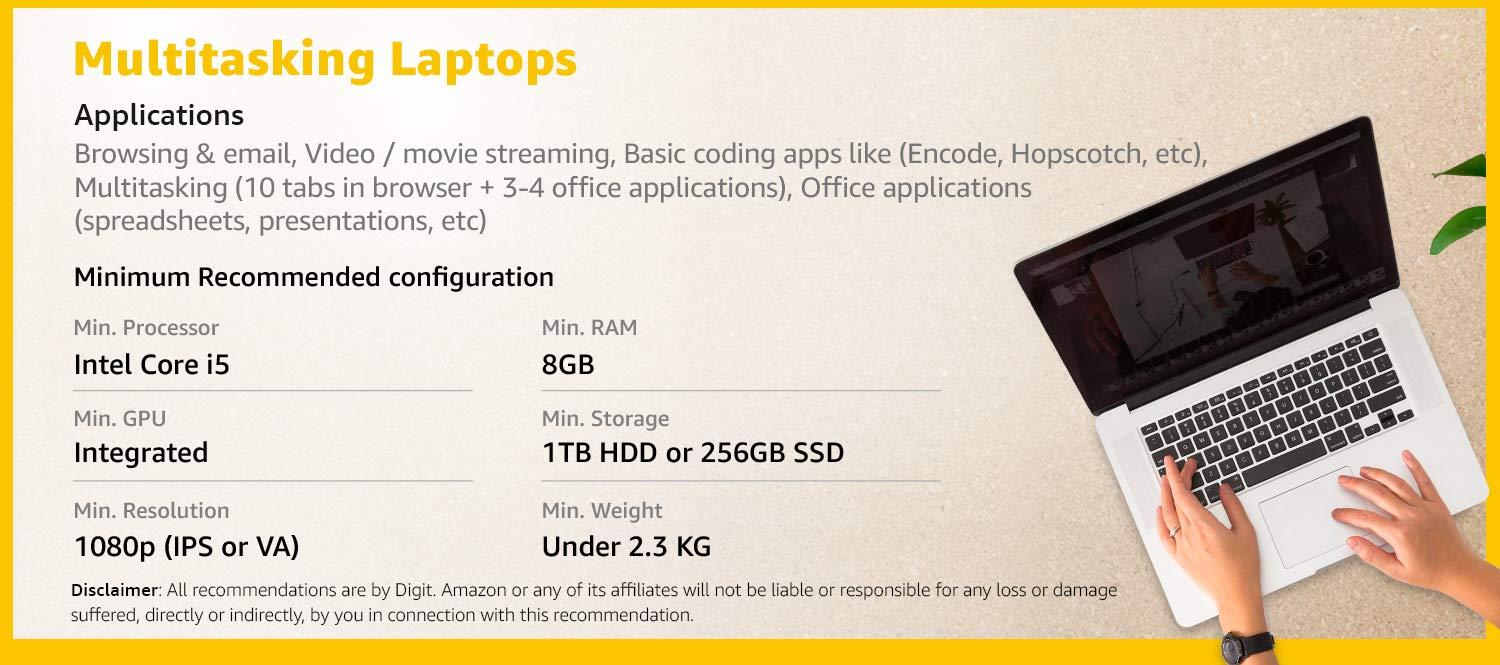Notebook configurations are all about how the computer is set up for you. The way you configure your laptop will be determined by the laptop manufacturer, RAM, hard drive and graphics cards. You will also need to choose an operating system for your laptop. If you're not familiar with all these choices, you can use the manufacturers manual to help you with laptop configuration. Notebook configurations are all about how the computer is set up for you. The way you configure your laptop will be determined by the laptop manufacturer, RAM, hard drive and graphics cards. You will also need to choose an operating system for your laptop. If you're not familiar with all these choices, you can use the manufacturers manual to help you with laptop configuration.

To get started, we'll start with a look at the typical laptop specifications list. This configuration will include basic machine name (model name) followed by the product line (main series). Be sure to check the manufacturer spec sheet for more information about the individual models.
When checking the laptop configuration, look for the Processor speed. The speed of your processor determines the maximum performance of your system. Note that all laptops will utilize the same processing system regardless of what brand or model it is. If your system has dual core processors from Intel and AMD, the configuration for your laptop should be determined by the speed of each processor. The best configuration is a configuration where both processors are running at the same maximum speed.
Another thing to think about when setting up a laptop configuration is the memory size. The RAM is the most permanent part of your system. It will dictate how quickly your system can process data. A good recommendation is to set aside a space on your hard drive where you will put any additional ram you may be using with your laptop configuration. Be sure to leave room for future expansion.
Another important part to remember is the processor speed. While it's tempting to get a faster processor, your laptop's performance will suffer as a result. Generally speaking, a i7 processor is much faster for gaming and streaming heavy media. For general computing you'll probably want to go with a dual core i5 or even an i7. Dual core processors are generally more expensive than the dual core is but usually offer a greater price saving.
You'll also need to think about the size of your laptop. Many laptops are much larger than standard desktops so they will require a large amount of ssd storage. The ssd is the term used for the magnetic disks that stores the majority of the data for your laptop. Laptops generally have anywhere from four to eight gigs of ssd storage so depending on the use of your laptop will depend on the amount of ssd storage you'll need.
Finally, don't forget to consider battery life. Battery life is crucial to using your new laptop. Consider how long you'll be on your laptop, how often you'll be on your laptop, and the applications you use most. If you frequently send emails, text, or web pages from your computer then you should expect to have a pretty short battery life. The longer the battery life the more you'll be able to fully utilize the features of your new Windows 10 laptop.
When choosing your Windows 10 laptop, you'll be able to easily choose from many different configurations. For example, you can select between a standard or custom configuration. You can even select a built in hard drive or an external hard drive. Your extra hard drive can be attached to the laptop or you can place it on a different PC. Another option available is an integrated graphics card. If you've already bought a gaming laptop or are planning on buying one then an integrated graphics card may be the better upgrade for you.
Another thing to consider when upgrading your laptop is your new laptop's display type. If you're looking for a light weight, portable laptop with a high screen resolution then you'll want to consider a touchscreen laptop. A touchscreen laptop offers a larger touch sensitive area for your keyboard, which makes the keys easier to use. The downside to a touchscreen laptop is that it typically doesn't offer as long of a battery life as a USB type a laptop which can save you quite a bit of money in battery life.
The final laptop configuration we'll discuss is a desktop replacement. If you're not sure if you need to upgrade your laptop to take advantage of the advanced technology available today then you should probably stick with a traditional desktop. Notebooks are designed to be used with a specific amount of desktop experience which means that a high definition, widescreen resolution is probably more suitable for you. A common display resolution for a laptop is 1920 x 1080 resolution, which is lower than the full HD resolution offered by many HDTVs but is still high enough to look sharp and crisp.
If you do decide to upgrade your laptop to take advantage of the latest technology, then you may also want to increase the amount of RAM that you have on your machine. Notebooks have always been known to have slower response times than their desktop competition so if you can afford to add another 2 gb RAM then this can help improve your laptop's response time while gaming. For the most part laptops are only useful for consuming internet resources such as viewing videos and streaming music but if you use your machine for other tasks such as CAD applications, web design or just typing up emails then a standard RAM setup will be sufficient. Notebooks are also limited in terms of storage space but if you're planning on downloading movies or high-res images then you may find the additional RAM useful.











